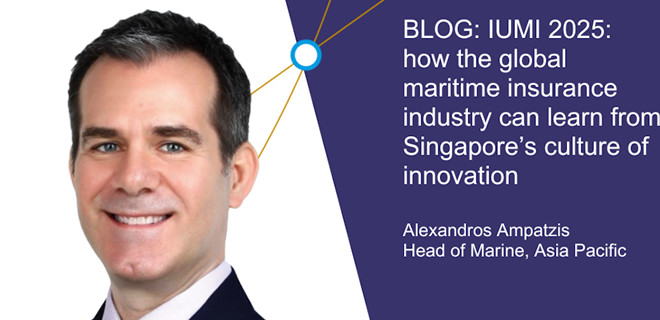
Insights
Data reveals climate change liability risk
Wednesday, January 26, 2022
As climate change fills the news, the impact of climate catastrophes on vulnerable communities and, by inference, their insurers, makes it impossible for the insurance market to ignore the impact of carbon emissions, even in the relatively intangible world of liability.
Historically, insurers’ primary focus has been on the impact of climate change to the property market but, at TMK, we see a serious systemic threat to casualty exposures too. Climate change has all sorts of direct and indirect effects that could lead to increases in the frequency and severity of liability claims. Some are easier to identify, quantify and ameliorate, others are not. Addressing these unknowns in policy terms and conditions, whilst providing adequate coverage to our insureds, is a difficult path to tread.
Climate liability risks
These changes are global by nature. Increasing temperatures and lower rainfall alter an environment’s resilience to cope with a sudden event whether it’s a bushfire ignited by the collapse of a dead tree onto a live power transmission line in the Australian outback, or a utility providers’ inability to supply fresh water in quantities adequate to sustain a reliant rural community in the Negev Desert during a drought. In other areas, intense rain and snowfall exacerbate water damage related losses for construction projects in Canada and jeopardise the integrity of large-scale hydro dams designed and built to specifications which aren’t as relevant as they once were.
Other, more complex impacts are being felt everywhere, but particularly in those less developed and more vulnerable communities. The complicated interconnections and causalities are factors TMK Underwriters increasingly consider, informed by new data, when we make our underwriting decisions.
A partnership solution
In response to these threats, TMK has partnered with Carbon Chain. This partnership allows TMK to quantify carbon emissions for a potential insured.
With this knowledge – which we hope will be rolled-out to the entire Lloyd’s market under our leadership – we are able to obtain useful insights into carbon emissions per sector and to identify less carbon intensive opportunities in near real-time. We can base our underwriting decisions in part on hard-core emissions-related facts, and for the first time ever, we can differentiate diverse companies’ third-party climate risk profiles and benchmark them against their competitors.
Over time, we hope that the insights we gain will be fed into a larger initiative to challenge our insureds on the steps they’re taking to improve their carbon profiles in a quantifiable and recordable way.
As the world changes, so too must our underwriting. By incorporating new technologies which deliver powerful data insights into our traditional underwriting approach, we intend to meet the changing world head on.
LATEST INSIGHTS

Flying out of danger: using real-time data to avert a potential aviation disaster
By Will Green, Divisional Head of Airline, Contingent & War
16 October 2025
Decades of conflict in eastern DRC have escalated in 2025, with rebel advances threatening key infrastructure. This blog explores how real-time intelligence helped aviation clients respond swiftly to emerging risks—and how insurers are evolving to proactively mitigate geopolitical threats.

A new generation of cyber risk demands a “next-generation” approach to insurance: Enter TMK Cyber Ctrl
By Laila Khudairi, Departmental Head of Cyber & Enterprise Risk
25 September 2025
Cyber threats have steadily increased in sophistication and scale, with attacks costing the global economy billions every year. Cybercriminals have evolved from lone wolves to groups akin to mid-sized corporations with HR departments and training programmes.

IUMI 2025: how the global maritime insurance industry can learn from Singapore’s culture of innovation
By Alexandros Ampatzis, Head of Marine, Asia Pacific
03 September 2025
It is clear that Singapore is truly taking advantage of the new opportunities created by automation. Discussions at IUMI will need to focus on how the insurance industry should follow suit in order to keep pace with the new risks and opportunities it presents.